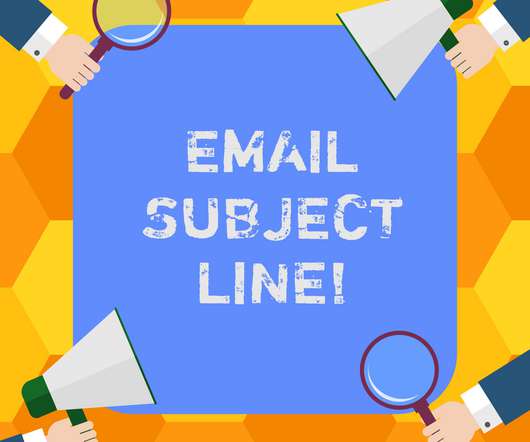Networked and Hyperconnected: The New Social (and work) Operating System
Beth's Blog: How Nonprofits Can Use Social Media
OCTOBER 23, 2012
This is a terrific presentation from Lee Raine from the Pew Internet and American Life Project that looks at the issue being “hyperconnected” or “over connected” to the web, mobile technologies and social media. The study and presentation begins with some context. What will the future 2020 be like?














Let's personalize your content